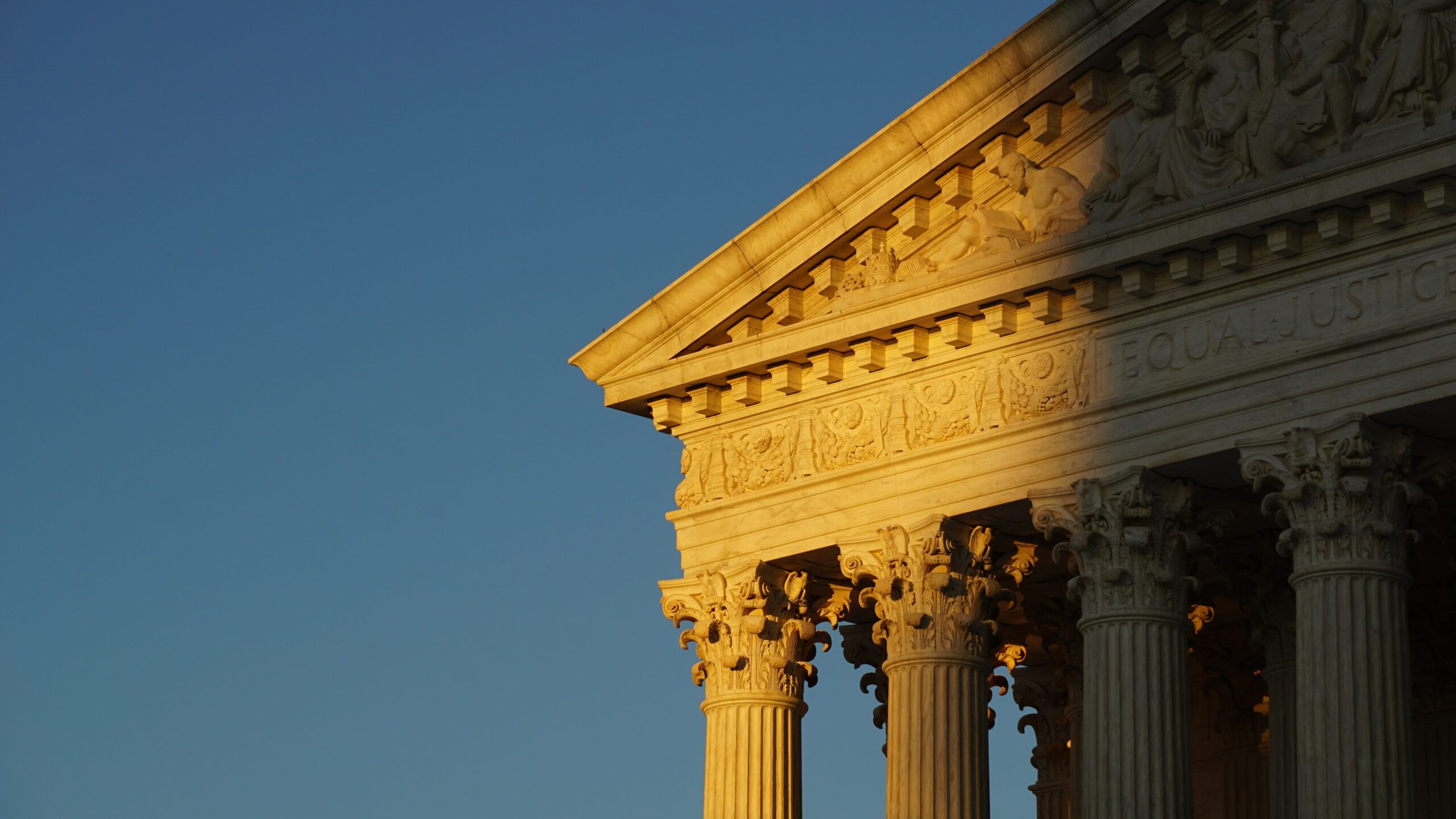
COVID-19 employment requirements families first coronavirus response act signed into law
- Breaking News
Originally Published March 18, 2020 / Revised Based on New Developments Almost Daily / Last Updated on April 2, 2020 (these revisions in underline)
President Donald J. Trump signed the Families First Coronavirus Response Act (FFCRA) into law in the late afternoon of March 18, 2020. The Act differs significantly from the original bill passed by the House in the early morning hours of Saturday March 14.
The House enacted those changes as technical corrections to its version of the bill on Monday March 16. The Senate passed the FFCRA on March 18, with the President signing later that evening.
As with the original bill, the Act includes two employment related components: (1) the Emergency Family and Medical Expansion Leave Act and (2) the Emergency Paid Sick Leave Act.
Here’s a summary of the FFCRA as signed into law:
Which employers are covered?
All employers with 500 or fewer employees.
Is there an exemption for small businesses?
The Secretary of Labor has the authority to exempt small businesses (49 or fewer employees) from Emergency FMLA and the corresponding portion of the Emergency Paid Sick Leave Act (reason #5, below) if providing leave would jeopardize their viability.
The FFCRA does not automate an exception for employers of fewer than 50 employees and it does not establish an exemption-request procedure; that is left to the Department of Labor. Also, note that with respect to the Emergency Paid Sick Leave Act, the DOL can only exempt small employers from providing Emergency Paid Sick Leave where an employee is seeking leave related to school/childcare closure.
Which employees are eligible for benefits?
For the Emergency FMLA, all employees (both full and part time) who have been employed at least 30 days. For Emergency Paid Sick Leave, all employees are immediately eligible. The Act allows an exception for healthcare providers and first responders.
What reasons trigger leave under the Emergency FMLA?
Unlike the original version, Emergency FMLA is limited to absences where the employee is unable to work due to a need to care for a minor child if the child’s school or place of childcare has been closed or their childcare provider is unavailable due to a public health emergency related to coronavirus.
Is Emergency FMLA leave paid?
Under the Emergency FMLA, the first 10 days are unpaid, but an employee may request – or an employer may require the employee – to use available paid time off (such as vacation or sick leave). After 10 days, the employee must be paid 2/3 of their regular compensation for the number of hours they would have been normally scheduled. The maximum required pay for this leave is $200 per day and $10,000 total.
Is an employee entitled to reinstatement?
The Act has similar reinstatement provisions to the traditional FMLA but includes an exception for small employers (25 employees or less) if the employee’s position no longer exists due to operational changes caused by the health emergency (such as loss of business). To qualify for this exception, the employer must make a reasonable effort to locate an equivalent position for one year after the employee attempts to return.
When is an employee eligible for paid sick leave?
Under the Emergency Paid Sick Leave Act, a full-time employee is entitled to 80 hours of paid sick leave (prorated for part-time employees) for the following reasons:
- The employee is subject to a federal, state, or local quarantine or isolation order related to COVID-19;
- the employee has been advised by a health care provider to self-quarantine because of COVID-19;
- the employee is experiencing symptoms of COVID-19 and is seeking a medical diagnosis;
- the employee is caring for an individual subject or advised to quarantine or in isolation;
- the employee is caring for a son or daughter whose school or place of care is closed, or childcare provider is unavailable, due to COVID-19 precautions; or
- the employee is experiencing substantially similar conditions as specified by the Secretary of Health and Human Services, in consultation with the Secretaries of Labor and Treasury.
Are there any limits to the required pay?
For reasons 1-3 (the employee’s own condition), the Act requires pay at the full rate and caps the paid leave requirement at $511 per day and $5,110 total. For reasons 4-6 (care for others and any expansion), the Act requires pay at only 2/3 of the regular rate and caps the requirement at $200 per day and $2,000 total.
Who pays for this?
The employer is required to pay the employees sick leave, but the Act includes refundable tax credits, subject to maximums, for leave paid under both components of the law. The credits are taken against the employer’s quarterly contributions for Social Security taxes.
When does it go into effect?
According to DOL Q&A published March 24, the official effective date is April 1. Any leave provided before that date will almost certainly be ineligible for the tax credit or to diminish the employee’s leave allotment under the Expanded FMLA or Emergency Sick Leave provisions. It expires on December 31, 2020.





